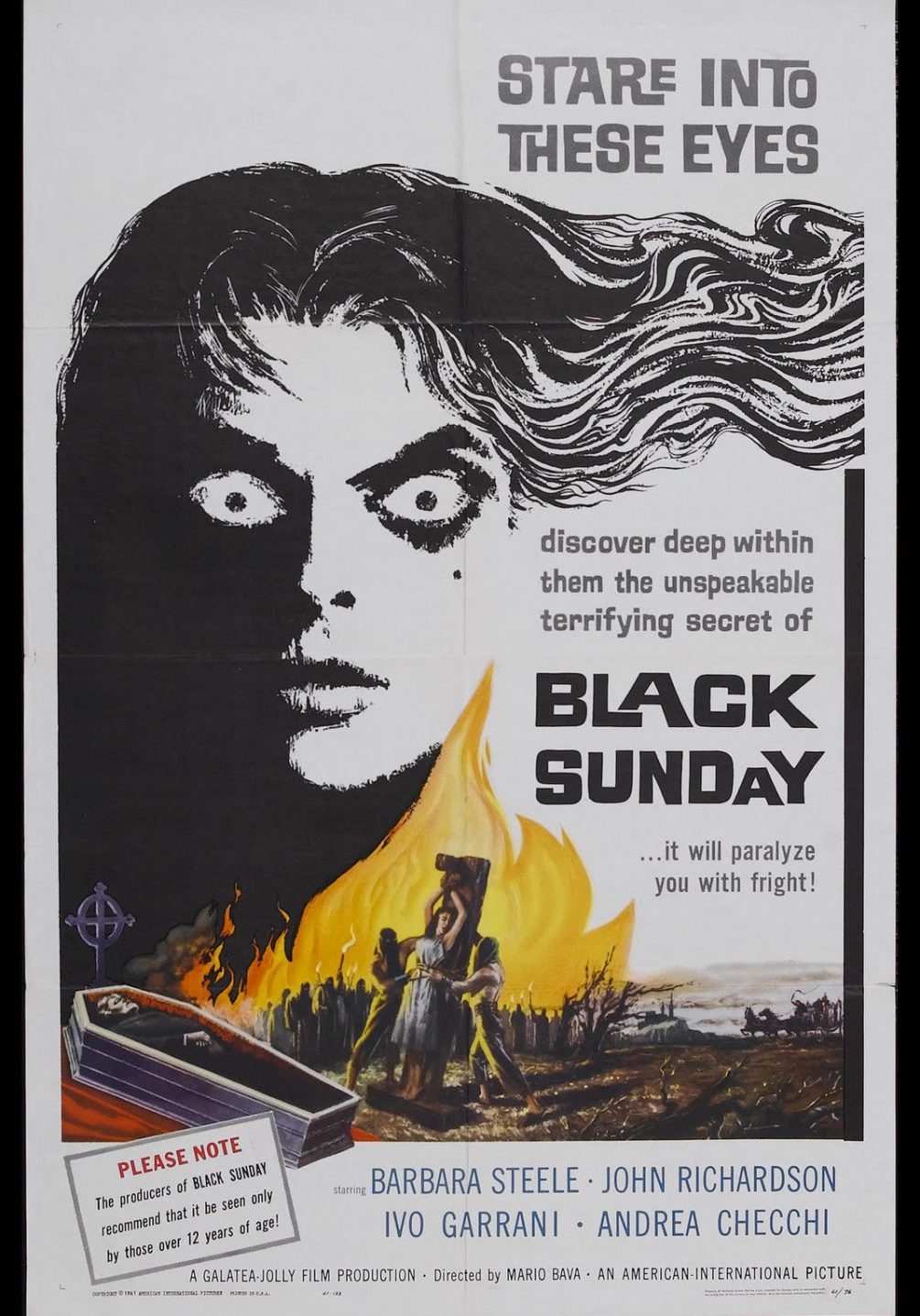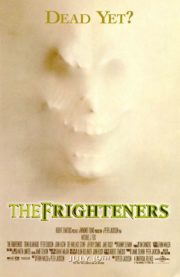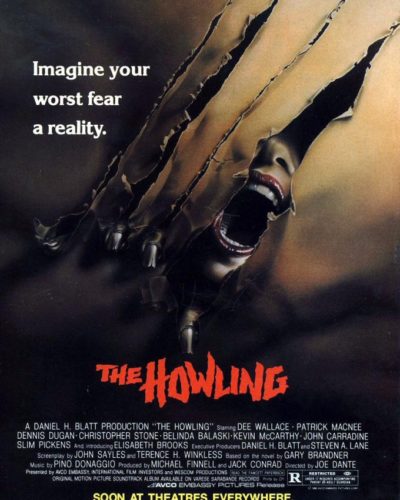A Witch’s Curse Awakens: “Black Sunday” Beckons
“Mask of Satan, give me strength.” Whispered into the chilling silence, these words set the tone for Mario Bava’s “Black Sunday” (1963), a film that lures viewers into its gothic embrace. The movie, originally titled “La Maschera del Demonio,” marks Bava’s directorial debut and has since etched its name into the annals of classic horror cinema. Featuring the captivating Barbara Steele in a dual role, “Black Sunday” tells a dark tale of witchcraft, familial curses and revenge from beyond the grave, engendering fear without showing a drop of color in its striking black and white palette.
Mist and Shadow: Crafting Cinematic Fear
Gothic Atmosphere: Suspense and Dread
“Black Sunday” excels at cultivating an atmosphere teeming with dread and suspense. Bava, an auteur of the macabre, masterfully utilizes the elements of foggy landscapes and decrepit castles to envelop the audience in a sense of impending doom. This is not a horror of immediate shocks but rather one of gradual, creeping terror, with each scene meticulously designed to heighten the sense of unease.
Artful Cinematography: Monochrome Nightmares
The movie’s cinematography plays a pivotal role in shaping its nightmarish quality. Bava’s use of shadows and light, alongside stark monochromatic visuals, creates a canvas where every frame could be a haunting, gothic painting. The camera angles, often dynamic, convey tension and anxiety, while the innovative special effects – particularly the haunting mask of the witch – push the envelope for the era and leave a lasting impression.
Eerie Acoustics: Silence and Scream
Aurally, “Black Sunday” evokes terror as adeptly as it does visually. The soundtrack’s eerie compositions set a haunting backdrop for the film’s gruesome scenes, while the sharp contrast between silence and screams plays with the audience’s nerves. Sound effects are sparse yet impactful, often highlighting the moments of terror with a chilling effectiveness.
The Living and the Damned: Cast Among Shadows
Barbara Steele and Beyond
Barbara Steele’s performance, as both the malevolent witch Asa and her innocent descendant Katia, showcases a breadth of talent that dominates the screen. Her ability to oscillate between victim and villain adds to the film’s duality and amplifies its horror. Supporting performances, while not as standout as Steele’s, are nonetheless convincing and contribute to the overall authenticity of the film’s haunting world.
Horror Beyond the Grave
Exploring supernatural and psychological horror elements, “Black Sunday” delves into the terror of curses and the undead. It stays true to many conventions of the gothic horror subgenre, incorporating elements of witchcraft and family legacies, while also pushing boundaries with its gruesome visuals for the time of its release.
Approaches to Terror: Fright Methods Examined
The film’s approach to terror is well-calibrated, relying on an unsettling mood and the fear of the unknown rather than gratuitous gore or cheap jump scares. The mechanics of fright in “Black Sunday” are executed with a subtlety that modern audiences may find refreshing in contrast to the more explicit horror fare of recent decades.
The Mirror of Its Time: Concluding Reflections
Horror as Commentary
While not overt in its social commentary, “Black Sunday” does echo the thematic preoccupations of its era, grappling in subtext with ideas of morality, fear of the unknown, and the dual nature of mankind. These underlying themes contribute to the film’s depth, making it more than just a visually-arresting piece of horror cinema, but also a contemplative work.
Who Will Wander the Witch’s Halls?
Is “Black Sunday” effective as a horror movie? Undoubtedly yes, for both the seasoned horror enthusiast craving atmospheric chills and the casual viewer intrigued by vintage horror. Its appeal may not resonate as strongly with an audience desensitized to subtler forms of dread, but for those who appreciate the slow burn of gothic horror, Bava’s film is a gem.
Final Verdict: A Timeless Terror Unveiled
Comparisons to subsequent genre classics might be drawn, however “Black Sunday” stands on its own, with Barbara Steele’s presence and the film’s aesthetic bravado making it a singular viewing experience. Its occasional slow pacing and dated effects might be perceived as weaknesses, yet they are also emblematic of the era’s style and contribute to its charm.
To those willing to embrace the shadows of a bygone era, “Black Sunday” comes with a high recommendation but bear in mind its visual intensity may not suit all tastes. As an artifact of horror cinema, Mario Bava’s magnum opus remains a monument of unsettling beauty and terror that continues to inspire nightmares, even as the witching hour fades into dawn.




